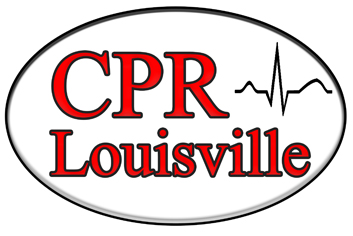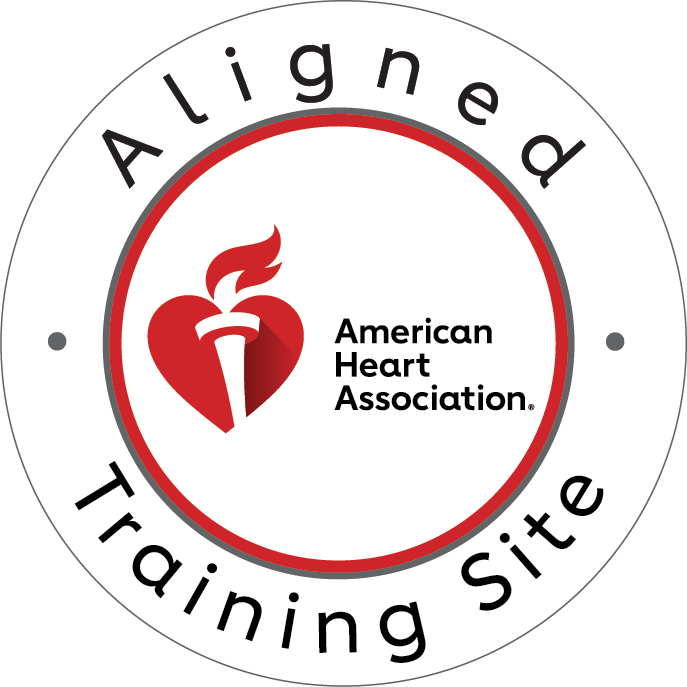A brain aneurysm is a bulging wall of an artery that supplies blood to the brain. The most common place in the brain for this activity to occur is at the base, an area called the circle of Willis. Cerebral aneurysms are a problem to hundreds of thousands of people, but they can go unnoticed. In some cases, the artery or vessel may rupture, resulting in what is called a subarachnoid hemorrhage. The rupture often leads to brain damage or even death. There are symptoms of cerebral aneurysms, causes that may lead to the diagnosis, and ways to heal or prevent them if you might be at risk.
The symptoms of a ballooning blood path in the brain may seem obvious. You might expect painful headaches or migraines. But the signs are often contrary to popular belief. There are usually no signs that one has an aneurysm, it might be found during other tests or an MRA (Magnetic Resonance Angiogram). Sometimes, a person with an unruptured vessel will feel pressure on their head and suffer from blurred vision, changes in speech, and/or neck pain, depending on where the aneurysm is located in the brain or how severe the bulge is. On the other hand, the symptoms of a ruptured aneurysm are very obvious and sudden. One will have a severe headache like none they have ever had before. The victim will usually stop breathing for periods of time and inhale only a few times a minute, which will lead to loss of consciousness. Brain aneurysms can lead to seizures and vomiting as well. Once these symptoms occur, it is absolutely necessary to get the patient to the emergency room as quickly as possible. But what is it that causes the bulge to appear?
Several factors come into play when discussing what leads to cerebral aneurysms. Some of the risk factors are controllable and others are not. They can develop from family history, hardening of the arteries, aging, and gender. Brain aneurysms have been proven as a hereditary diagnosis. People who have a history of aneurysms in their family are more likely to develop one than those who do not. This is also true if the person has had an aneurysm in the past. Gender is another risk factor that is uncontrolled. Women are more likely to suffer from cerebral aneurysms than men are. African Americans are also at a higher risk than any other race. Smoking and blood pressure are two other risk factors. People who smoke cigarettes or have a history of high blood pressure are at a much greater risk of developing an aneurysm, as well. Although there are many factors that contribute to the development of a brain aneurysm, there are several ways to treat them if they are caught in time.
There are two significant ways to treat brain aneurysms: clipping and coiling. The first treatment, “clipping” is performed by a neurosurgeon who will cut the skin on the head, make an incision through the skull, and dissect through the brain to find the aneurysm and put a clip across it so no blood reaches it. This is a somewhat short procedure, but the recovery time can last months. The other treatment method is called endovascular coiling. A neurosurgeon will insert a catheter into a vessel at the hip or groin that will read the brain. Coils are then packed into the aneurysm to the point where it arises from the vessel, preventing blood flow from entering the aneurysm. Patients who use this procedure will usually go home the following day and start their normal activities shortly after.
Brain aneurysms can happen to anyone, regardless of age or race. It is important that if you know that there is a history of brain aneurysms in your family that you get checked with a simple MRA test. If you show any signs of a ruptured aneurysm, get to the hospital immediately. The death rate of ruptured cerebral aneurysms is too common not to take the proper precautions.
References:
http://www.webmd.com/brain/tc/brain-aneurysm-topic-overview





